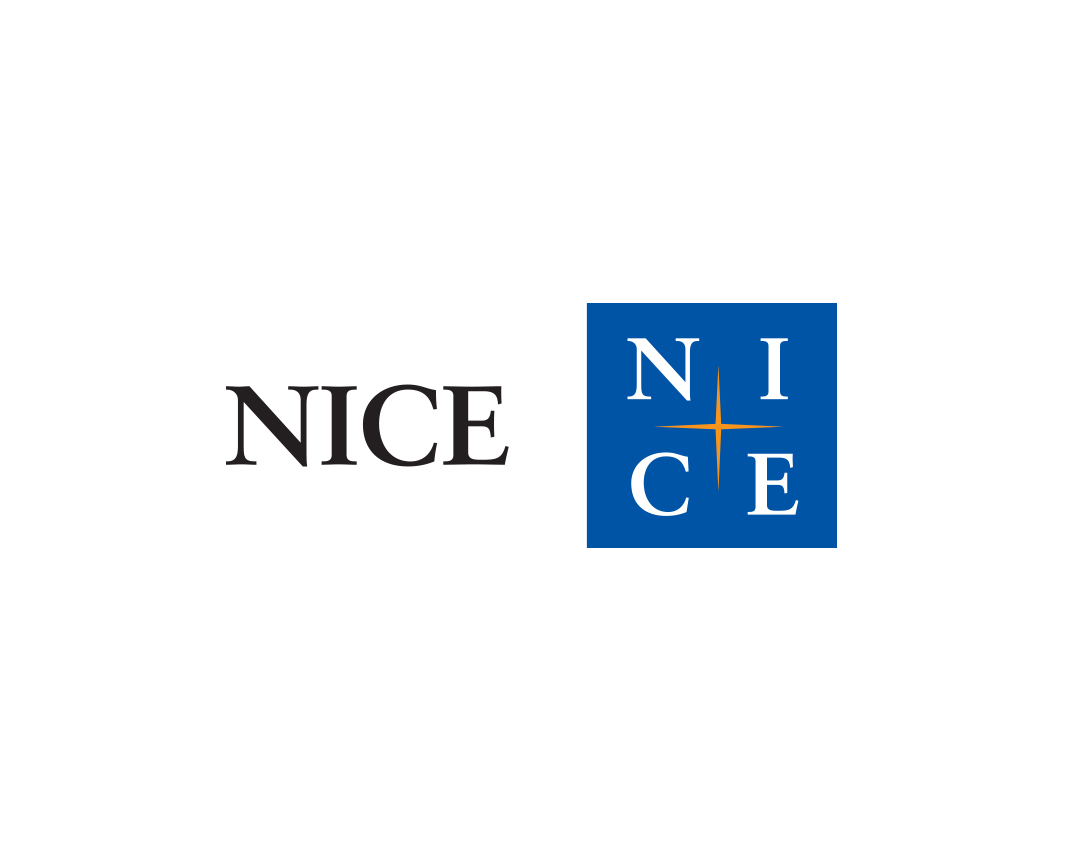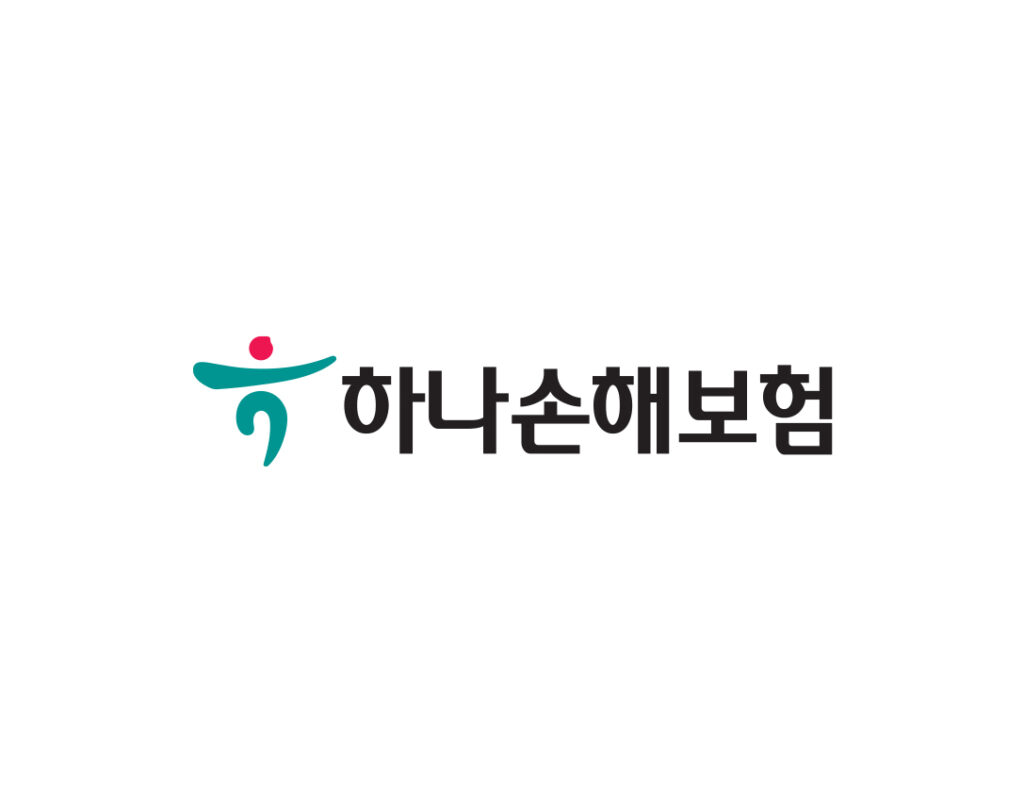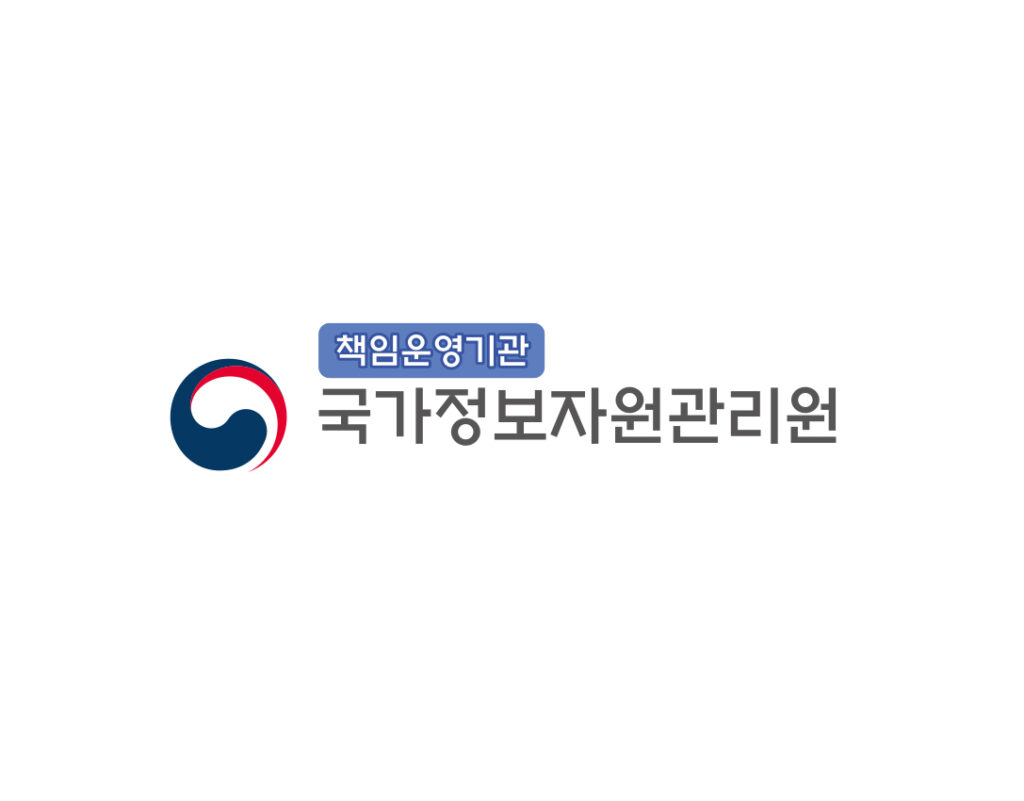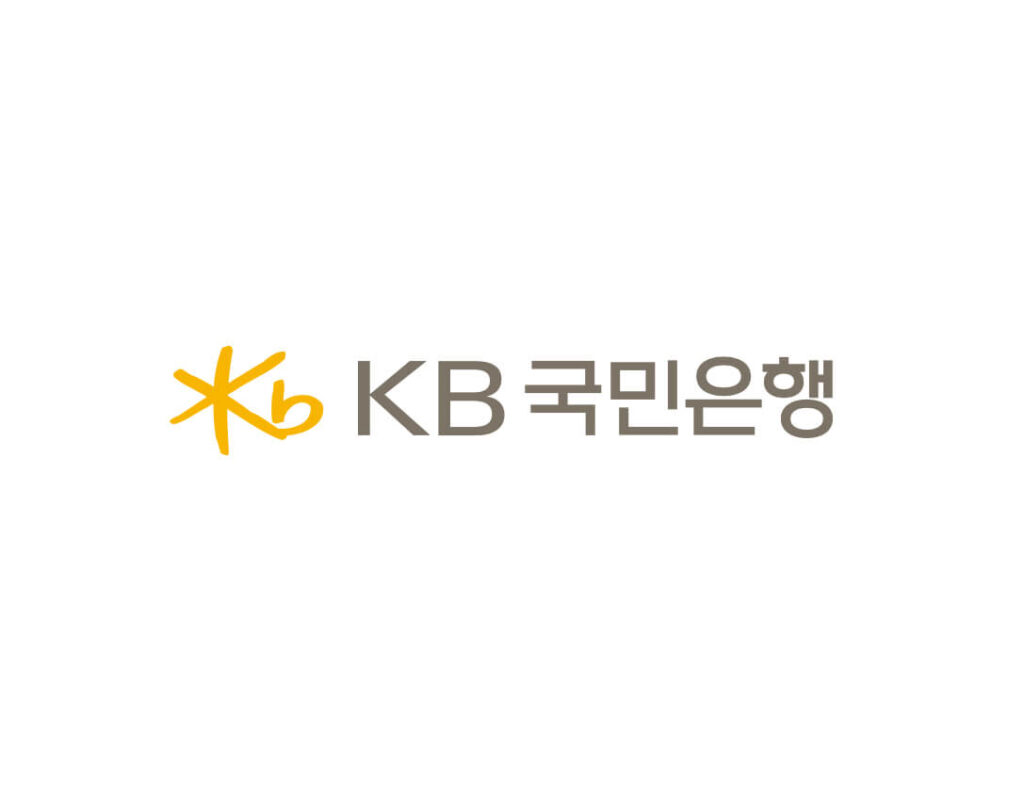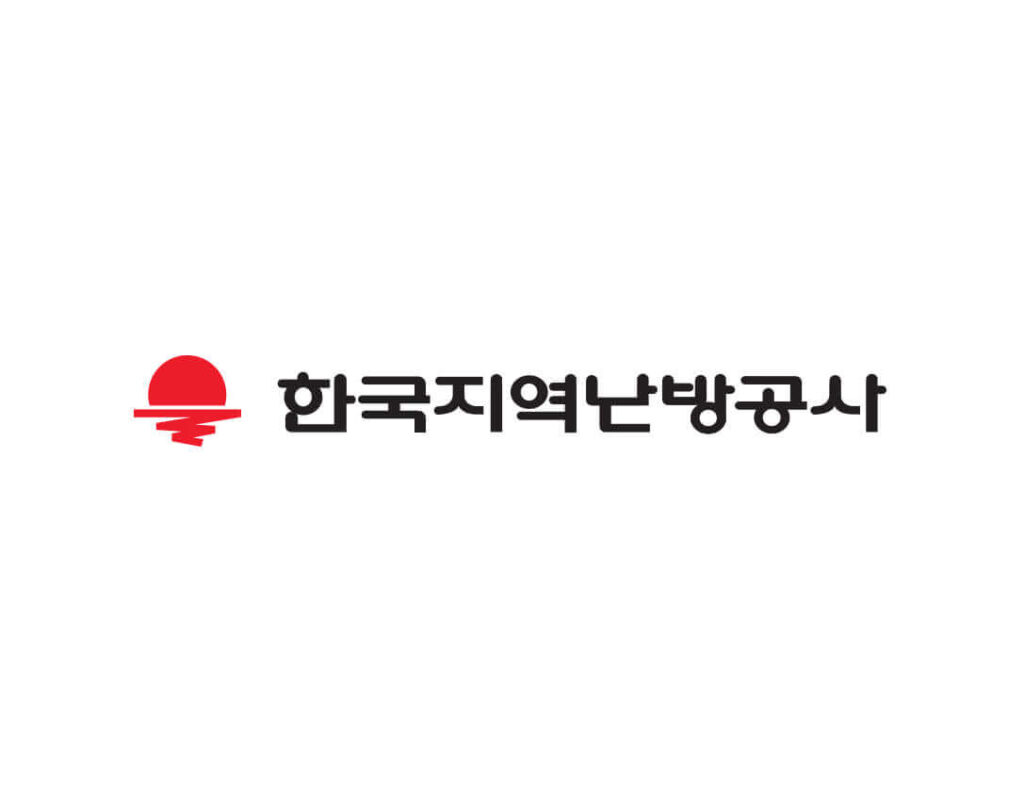Client: NICE Group
Project period : 2018.11 ~ 2019.11 (12 months with stabilization period)
NICE Group, the largest credit rating and information service company in Korea, has secured the stability of its IT operation infrastructure to the targeted level through the construction of a new IDC and the integration of information systems, but it has also applied the advanced model of IT operation to the operation management system and procedures to improve the work efficiency of the IT sector at the group level and strengthen IT operation capabilities based on services.By expanding the use of the integrated ITSM system to 19 affiliates, we secured standardized business processing and transparency of operations among group companies. In addition, we established a management system that can be flexibly applied when expanding or separating affiliates by separating ITSM for real-time event/incident processing and ITSM for processes such as requests, failures, and changes.
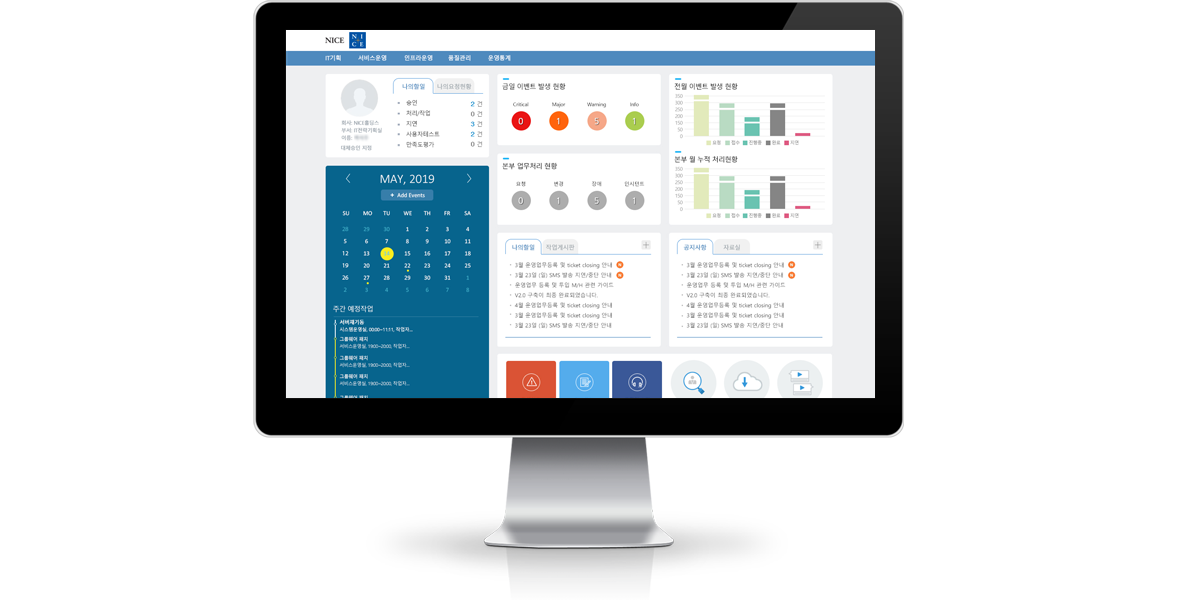
Key Challenges
1) Securing a standardized and consistent management system (establishing a group standard IT service management process)
2) Build an automated work environment based on systems
– Build a next-generation IT service request system
– Establish IT asset and configuration information management system and build an integrated CMDB (Configuration Management DB)
3) Build a management environment based on IT operational data
– View real-time failures, changes, and other business status information
– Provide various statistical information such as SLA and work processing results
Expectations
1) Increase efficiency across the organization
– Work efficiency equivalent by reorganizing the IT service request process and unifying the contact center
– Speed up work by increasing the level of automation in your business support functions
2) Improve service quality
– Continuous quality activities using data-driven management and measured quantitative metrics to plan, execute, evaluate, and improve.
– Increase reliability by practicing proactive IT service management that detects and prevents potential failures.
3) Empower IT operations
– Improve work accuracy and efficiency by following standard procedures and automating operations
– Ensure asset modernization and consistency through systematic IT asset and configuration management
4) Strengthen IT governance within the group
– Raising the level of operational management of affiliates in accordance with the Group’s standardized process system
– Automation of business processes between affiliates and the holding company, including supervision of group IT investments, and strengthened management of linkages between IT planning, investment, and performance management processes.
Build and implementation details (main features)
1) Apply Multi Tenancy for independent operation of affiliates
– Work efficiency equivalent by reorganizing the IT service request process and unifying the contact center
– Speed up work by increasing the level of automation in your business support functions
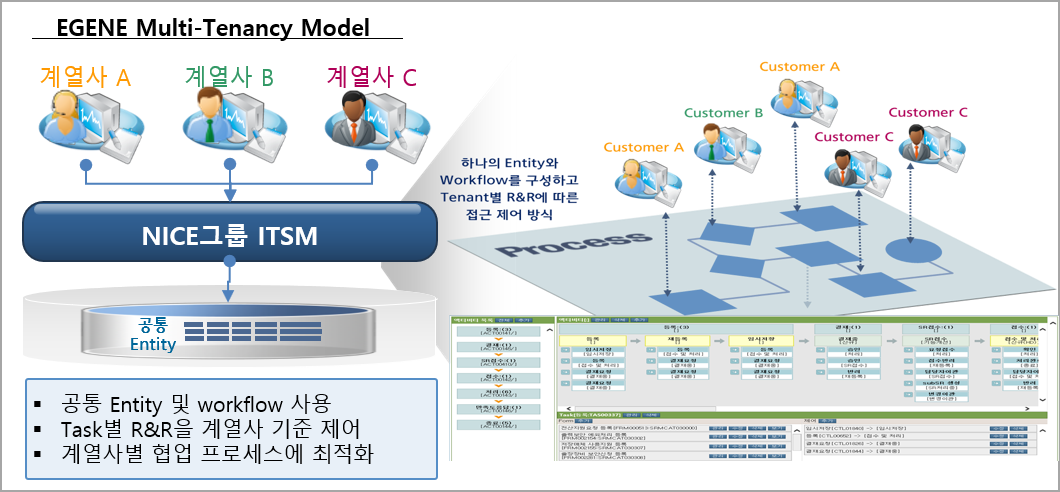
2) Manage affiliate operations data integration
– Provides real-time processing status for key processes
– Provide real-time processing status/trend information for each group affiliate individually/integrated
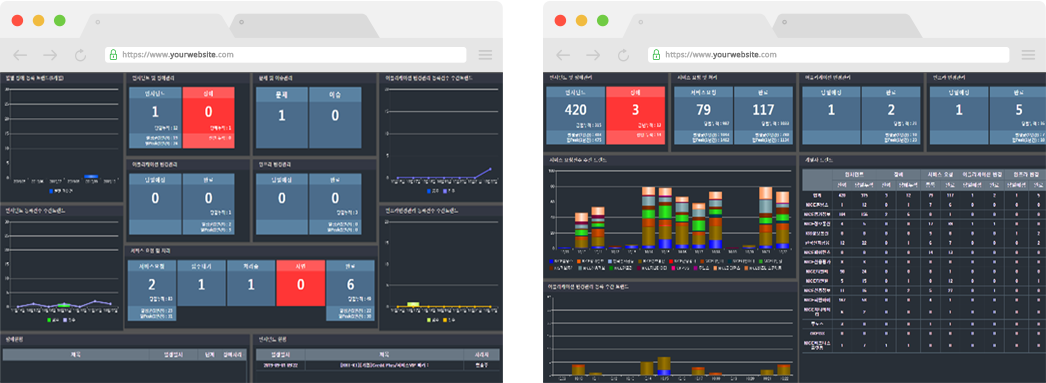
3) Strengthen IT governance within the group
– Ensure compliance and data integration of affiliates’ procedures according to the Group’s standardized process structure
– Automation of business processes between affiliates and the holding company, including supervision of group IT investments, and strengthened management of linkages between IT planning, investment, and performance management processes.
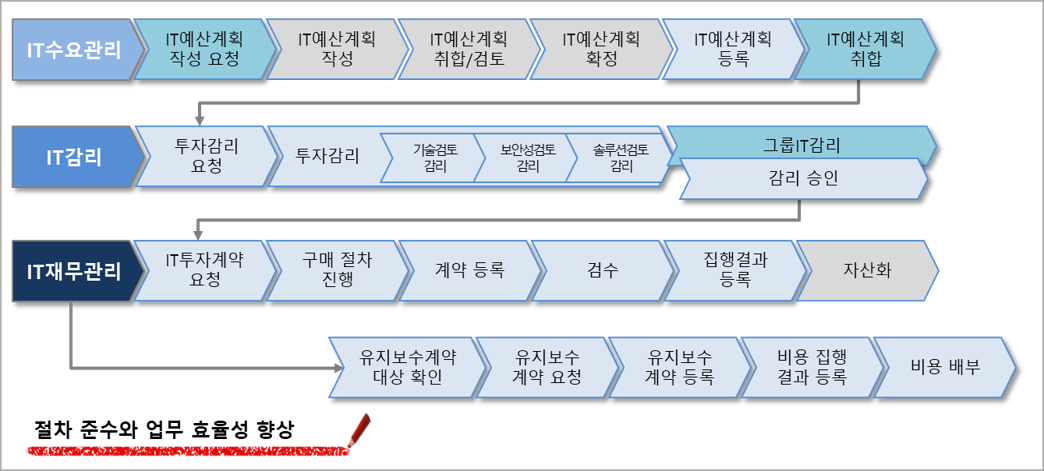
4) Unification of SR request window/process improvement management
– Improve user convenience by unifying service request channels for IT-related inquiries/applications, etc.
– Quick, easy service requests with ITSM and status information for handled requests

5) Reorganization of NICE group composition information (CI)/catalog information classification system
– Unified CI classification system and standardized management procedures for integrated information system management
– Real-time provision of current information through the integration of configuration and catalog information that used to be managed individually by affiliates

6) Apply standard change flow and affiliate simplification
– App change: Implemented standardization of app change management procedures that had been operating in various ways and optioned flows for each affiliate.
– Infra change: Implement infrastructure change management procedures based on current configuration information in ITSM


